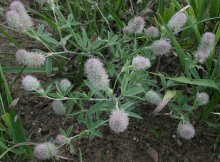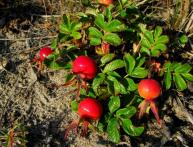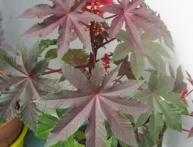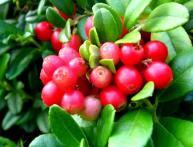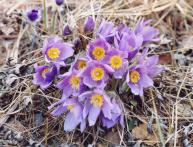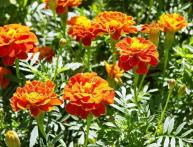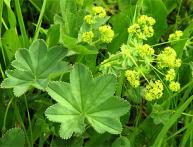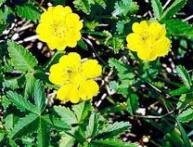Arable clover: description, properties, application

For many, clover is a common weed. Meanwhile, this is a valuable medicinal plant, known for its healing properties since ancient times. And today it is actively used in alternative medicine: decoctions, infusions, teas are made from it... What is the use of this, at first glance, inconspicuous clover?
Content:
- Arable clover - botanical description
- The use of plowed clover in folk medicine
- Folk recipes from plowed clover
Arable clover - botanical description
Arable clover or, as it is also called, hare's clover, cat's clover, seals, cat's ears, porridge, etc. is an annual plant from the genus Clover. This is a low plant (5-30 cm) with a thin, straight herbaceous stem, trifoliate oblong leaves of a bluish-green color. Clover flowers are small, most often pinkish in color, but sometimes white.
The flowers are in single heads, shaggy, initially having a round shape, and a little later - cylindrical. There are soft small hairs on the stem, leaves and calyx, causing the entire plant to appear gray.
Clover blossom arable farming begins in May and continues until autumn, seed ripening begins in June. It spreads by seeds, and the seeds are highly windy and easily carried by the wind.
Arable clover is one of the most common plants that grow almost everywhere. It can be found in a field, meadow, wasteland, arable land, like a weed in crops.Widely distributed in Europe, in Russia it inhabits the European part, the North Caucasus, Western Siberia, the Far East, and Eastern Siberia.
Arable clover is a good pasture plant, readily eaten by domestic animals. However, he doesn't gives high and stable yields grass mass, so it has no special feed value.
The use of plowed clover in folk medicine
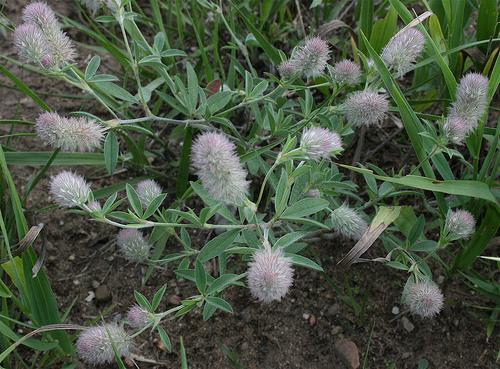
The beneficial properties of cultivated clover are due to the content of substances beneficial to human health. It is rich in tannins and minerals, essential oils, glycosyl tridomin, quercetin, resinous substances, nitrogen-containing organic compounds, vitamins C and E, etc.
Thanks to such a rich chemical composition clover has antiseptic, antisclerotic, anti-inflammatory, astringent, diuretic, analgesic, hypoglycemic properties, and therefore it is advisable to use it for the treatment of the following diseases:
- Diarrhea
- Bronchitis
- Neuroses
- Dysentery
- Urinary tract diseases
- Diabetes
- Gout
- Rheumatism
- Colitis, etc.
Clover poultice arable seeds are effective in the treatment of pathologies such as cough, rheumatism, and chest disease. An infusion of this herb is often given to young children for digestive disorders. This remedy is most effective for so-called summer diarrhea in children; it ensures complete recovery even in cases where other remedies do not help.
An infusion from this unique plant is also known as an effective remedy in the fight against sweating of the feet, as well as a wound-healing agent for festering wounds and ulcers.
A clover-based preparation called Trifolium arvense is widely used in homeopathic treatment. To prepare this drug, fresh clover grass is used. This drug is prescribed for the treatment of gastritis, diarrhea, and rheumatic diseases.
Folk recipes from plowed clover
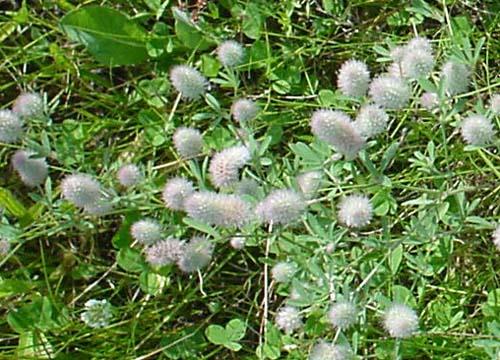
You can collect the herbs for preparing medicinal decoctions or infusions yourself or purchase them at the pharmacy. Arable clover is collected during flowering and dried in the open air.
- Infusion of plowed clover. Place a little dry herb (about two teaspoons) in a thermos and add one glass of boiling water. Leave to infuse for 5-6 hours, then strain. Take the resulting infusion 1-2 tablespoons before each meal. The resulting infusion can also be used as an external remedy. They can be used to wash wounds and inflamed areas of the skin. You can also make baths from it, for example, to reduce sweating of the feet.
- Decoction of plowed clover. Place 1-2 tablespoons of dry herb in an enamel pan, add cold water (200-250 ml), and bring to a boil over low heat. Remove from heat, cover and leave for 1-2 minutes. After this, strain the broth and take 1 tablespoon before each meal (no more than 5 times a day).
- You can use this medicinal plant and as a poultice. To do this, make a small bag out of gauze, place a little dry herb in it, dip it in boiling water and then, while hot, apply it to the sore spot.
- For rheumatism, skin diseases or extensive wounds, it is recommended to take baths from clover infusion.To do this, prepare a decoction or infusion from this medicinal plant, add it to water and take a bath for 30-40 minutes.
Video about the medicinal properties of clover:
Interesting information about the vegetable garden

